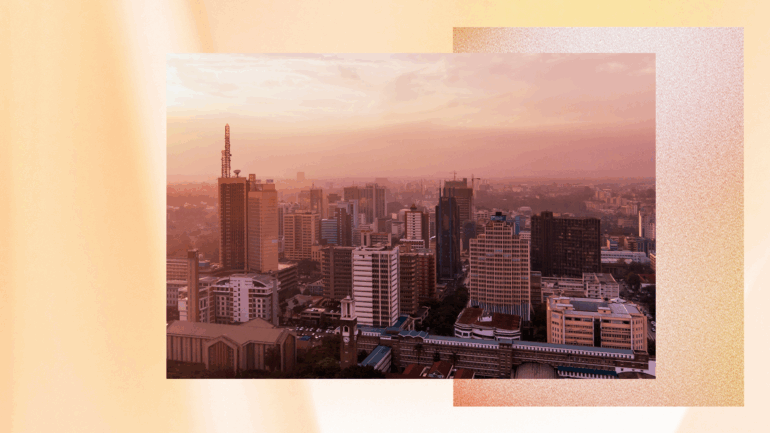In the age of smartphones and social media, a single image can spark outrage, fuel protests, or even instigate violence. Yet, not every image we see online is what it appears to be. In Kenya, the manipulation of visual content whether through old photos, altered videos, or completely fabricated footage has become a powerful tool for spreading misinformation and disinformation.
For instance, During the June 2025 Finance Bill protests, dozens of photos circulated on platforms like X and Facebook, claiming to show “brutality” or “looting” in Nairobi. While some of these visuals were real and captured in real time, others were taken from entirely different contexts some as old as the 2007 post-election violence. In one instance, a widely shared video of burning tires and police vehicles was actually footage from South Africa. But once it’s posted with a caption like “Happening now in Mathare,” it spreads like wildfire. Few people stop to verify, especially in the heat of the moment.
These tactics aren’t always random. Sometimes, coordinated actors push this content deliberately to stir public emotion. The goal could be to incite fear, divert attention, or provoke a particular group. For instance, during past election seasons, edited images were used to falsely show opposition leaders inciting violence or government officials laughing while people suffered. In every case, the real victims were ordinary Kenyans who reacted to falsehoods as if they were facts.
The challenge is that our brains are wired to trust what we see. Visual content feels “true” in a way that written words sometimes don’t. That’s what makes fake visuals especially dangerous. On platforms like WhatsApp where messages are forwarded in closed groups without any public accountability these images become even harder to trace or debunk.
The solution lies not just in technology but in awareness. Kenyans must learn to ask Where did this image come from? When was it taken? Can it be verified by a trusted source like a news outlet or fact-checking organization? Tools like reverse image search and fact-checking platforms like PesaCheck or Africa Check exist but they can only go so far if users don’t take initiative.
In a country where visuals have the power to shape political outcomes and social narratives, critical thinking has never been more important. Not everything that trends is true and when lies are dressed up as evidence, the damage can be devastating.
